
How To Sell Antiques
by bev-owens
A few suggestions on how to sell your antiques and collectibles in a brick and mortar store. It takes some work but you can be successful.
If You Want To Be Successful At Selling Your Antiques
I have some ideas for you
Are you wanting to get your feet wet in the Antiques Industry? Are you a little hesitant in starting this endeavor? Perhaps I can be of some assistance as I am not only a specialist in the Antiques field but I also manage a local Antique Mall. I can share some tips on what has worked well for my own business and what I see working for the dealers that have booth space at our mall.
Selling in a brick and mortar shop is different than trying to sell your inventory online. This article will address how to be successful in selling in a mall environment.
Pick A Good Location To Sell Your Antiques
Location, Location, Location!
I can't stress this tip strong enough. You really need to look at your options as to where you will set up a booth space. Just as any real estate agent will tell you about purchasing a home...location is extremely important. This should be the most important thing you look at when deciding on an Antique Mall to sell your antiques and collectibles in.
Is the location that you are considering in an area that people will travel to? Is there ample parking? Are the hours of the mall conducive to a shopper's availability to shop? These are actually more important questions to find the answers to than how much the space will cost you.
You can't do this over the telephone. You need to drive by the building to get these answers. It is a good idea to check this out in the middle of the week and also on the weekends. You also need to physically go into the shop and check it out. Are there shoppers? Is the staff courteous when you enter? Do they appear to be helpful? Is it brightly lit or dark and uninviting?
The answers to these questions will have an impact on whether your booth will have success or not. If the mall is not getting visitors through the door, how will your items sell?
How You Display Your Inventory Is Important
My most successful dealers have well thought out displays of their inventory. I am not saying that you have to have a degree in interior design to be successful but how you display your things does make a huge difference in your success.
Your space should look inviting. It should look fresh. Potential buyers need to be able to move around easily. Dusty shelves are an indication that you have not been in your space for a while.
Theming your space for different times of the year adds interest. Some types of antiques and collectibles lend better to this idea than others; however, even furniture can have a theme with little added touches of decoration. Put items of the same color together. Make little vignettes.
Regular customers can tell when a space has not been touched in a while. They comment on it to the staff. Those untouched booths are usually the ones that customers decide to ask for deep discounts on.
Stock Your Booth Regularly
You should plan to visit your booth space with new stock no less than two times a month. If possible, you really should re-stock every week.Your repeat customers can tell.
I have managed two malls during my career and this holds true time and again. The dealers who have the best success in selling their antiques and collectibles are serious about putting new inventory in on a regular basis.
The dealers who come in once per month to pick up their checks and do not schedule enough time to work in their booth too are usually disappointed with the amount of the check they just picked up.
Perhaps you have had a bit of a "dry" spell in finding new merchandise for your space. That is OK. Visit your space anyway. See that vase down on the bottom shelf? Maybe the customer didn't see it there. Move it to the other side of your booth on a higher shelf and see what happens. Moving items around to a different spot often works well and generates sales.
Pricing Your Antiques And Collectibles
Research, research, and research some more
This is sometimes the hardest part of selling antiques and collectibles. How do you price them? When you are first starting in the industry, you haven't gained the knowledge and experience on knowing the value of what you have.
Research is key to success in selling your inventory. When you are first starting out you will need to spend most of your time researching. It isn't time wasted because you learn more about what you are selling as you do this.
In the Antique Industry there is a difference as to what a book says the value is and the price that it will actually sell for. In today's economic times that margin can have quite a gap. I suggest that you look in price guides for a starting point of value. Then look at your piece and ask yourself: "If I were to walk into a shop and see this, what would I be willing to pay?" Your asking price should be closer to what you would be willing to pay.
Customers want a good deal. If they are a collector, they already know book value. Pricing items about 20% less than book generally works well to make a sale.
 | Warman's Antiques & Collectibles 2012 Price Guide (Warman's Antiques and Collectibles Price ... The flagship of the Krause antiques & collectibles line, Warman's has been a trusted resource since 1948. Now featuring in-depth articles and "future of the market" reports ... Only $2.64 |
Buy Low...Sell High?
Not a formula that works in today's market
One aspect of being successful in selling your antiques involves how much money you have tied up in your inventory. If you pay too much for your items, obviously that effects your profit margin. The old formula of buying low and selling high does not work so well anymore. First of all, it is getting more difficult to find items that are priced really low.
When looking for items to buy for reselling, you should hope to double or triple your investment. Your selling price should recover your initial investment and give you enough to help pay your booth rent, the commission charged by the mall, and hopefully add a little to your coffers too.
Vary Your Price Points
And have a rent buster!
Try to stock your space with the three point plan:
- Low priced items (about 25% of your space)
- Medium priced items (about 50% of your space)
- High priced items (about 25% of your space)
You want to have something for everyone's budget. The items priced in the medium price range will typically pay your rent and make you the most money in the long run.
Have at least one "rent buster" in your booth at all times. This is a piece that when it sells the price covers your rent for the month. These items do not sell every day but when they do you can do the happy dance. If you can sell one "rent buster" a month, then the rest is gravy!
You might also like
Vintage Definition | Antique DefinitionThe terms "antique" and "vintage" have caused confusion to more than one shop...
Epic Line | Viking Art GlassBeautiful art glass was produced by Viking Art Glass from 1944 to 1999. The "...
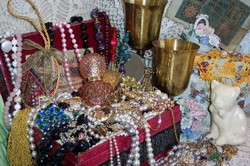

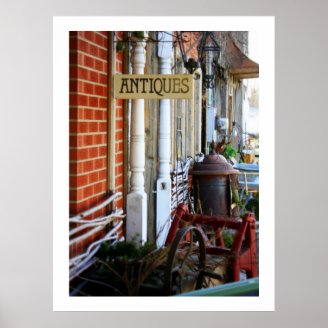
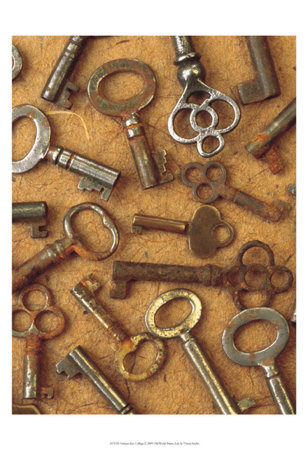
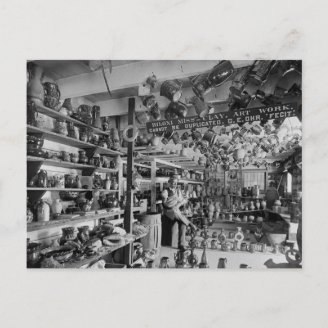
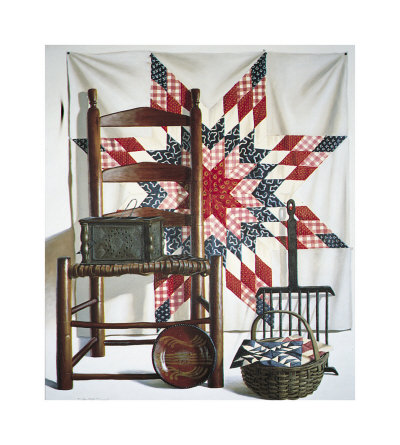
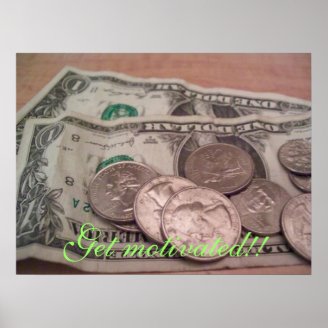
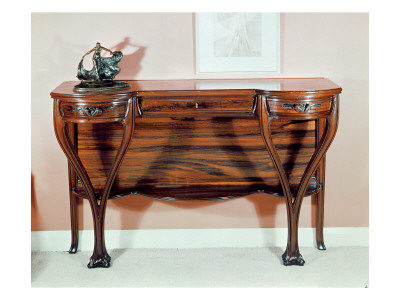

 Bicycling For Exerciseon 06/06/2012
Bicycling For Exerciseon 06/06/2012
 Orange Disheson 03/19/2012
Orange Disheson 03/19/2012
 Cobalt Disheson 03/15/2012
Cobalt Disheson 03/15/2012
 Elephant Baby Showeron 03/11/2012
Elephant Baby Showeron 03/11/2012


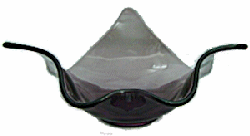
Thank you for stopping by today to read about how to sell antiques! Selling offline requires a slightly different game plan.
Very interesting subject. I have experience with people who collect all sorts of things, including antiques but when they came to the point of selling (for any reason), they froze...
I don't think I will sell antiques anytime soon, but I am sure the three point system works for many other businesses as well. Thanks!
I had a booth in an antique mall a few years back when the economy was really bad. I didn't do very well. Thanks for the advice.
I am taking a course now on appraisal of art and antiques. It is fascinating. Your article here gives another angle they don't talk about in class. Thanks.
Awesome, I collected antiques for years, decorated my home strictly in antiques then I became a Mom. My collection quickly went into storage bit by bit as I raise my children. I often now think about selling my collection. Thanks for the helpful tips from a professional that knows. I live in a small suburb that has a few nice antique stores on Main Street or Uptown as we call it. Now I know what all those unique booths are about, rentals. Good to know :) Katie
Great guide. Almost makes me want to get into the business!
Sounds like useful information. I don't know much about antiques, but I've been to enough antique malls to know that some spaces present much more nicely than others. Now I understand why.
So helpful as always, thank you, Bev. Sometimes I actually enjoy walking through old what appear to be run-down antique places, adds to the atmosphere for me. It depends upon what we're looking for, though, whether looking to keep or looking to resell...the less organized places can have better prices sometimes.
Good advice. I had antiques in two antique malls and some months I did great and others, well, not so great. It is a variable business for sure.
Thanks Bev, for sharing your expertise. You are also a very good writer, and able to hold peoples interest this way. Much success to you...
I do not sell the antiques but love to go to them!! and the antique malls are nice because they are in indoors...but I love the swap meets as well!! my fav to look for is galssware and bowls...my favourites glasses are americana foster..